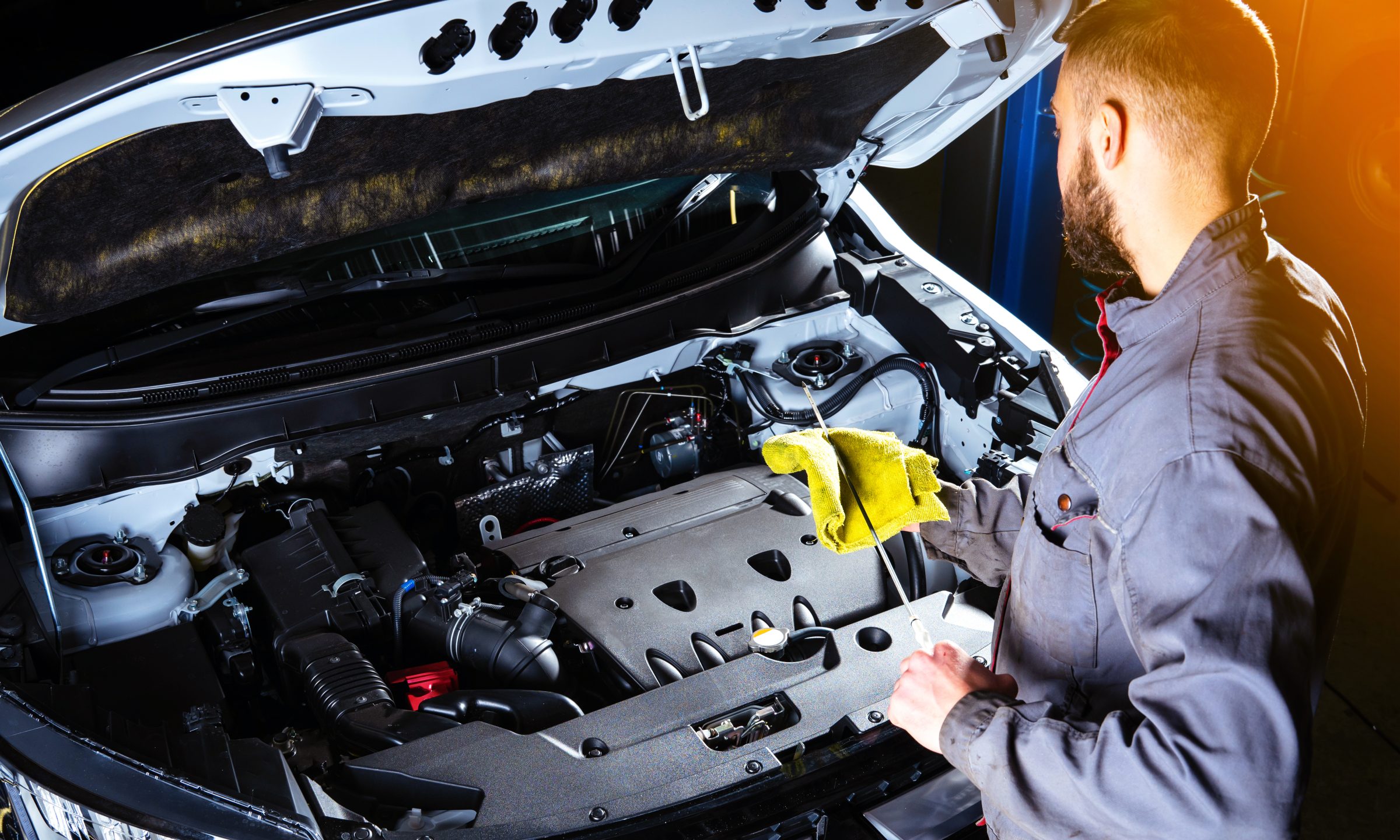All Categories
Featured

Couple of points are more startling for a vehicle driver than the sudden illumination of the check engine light (CEL) on the control panel. While it could cause prompt problem, understanding what this light stands for can empower you to handle the scenario effectively. Allow's check out the possible factors behind the CEL and the actions to fix it.
What Does the Examine Engine Light Mean? The CEL belongs to your car's onboard diagnostics (OBD) system. It checks a range of systems within the vehicle, consisting of discharges, gas efficiency, and total engine efficiency. When the system finds a mistake or abnormality, it causes the CEL to signal the chauffeur.
Strong Light: Indicates a non-critical issue, such as a small sensing unit malfunction. It still calls for attention to stay clear of lasting damage. Flashing Light: Signals a serious problem, like an engine misfire, that requires immediate attention to avoid considerable damage. Usual Reasons for the Check Engine Light. Here are several of one of the most frequent reasons for a CEL, varying from easy to complex:
Loose Gas Cap:

A loosened or broken gas cap can interrupt the gas system, activating the light. This is among the simplest problems to repair-- just replace the cap or tighten. Oxygen Sensor Failure:
The oxygen sensing unit gauges the air-to-fuel ratio for ideal combustion. A defective sensor can lead to reduced gas performance and higher emissions. Ignition System or Ignition Coil Issues:
These parts are essential for the combustion procedure. Worn-out trigger plugs or malfunctioning coils can cause misfires and harsh engine efficiency. Catalytic Converter Problems:
This component lowers hazardous exhausts from your vehicle. Failure to resolve other engine problems can lead to catalytic converter damage. Mass Air Flow (MAF) Sensing Unit Failure:
The MAF sensor makes sure the right amount of air blends with fuel. An unclean or failing MAF sensing unit can reduce power and fuel efficiency. Steps to Take When the CEL Begins. Do Not Panic:
Take a minute to observe your vehicle's performance. Is it driving usually, or exist symptoms like lowered power or odd sounds? Inspect the Gas Cap:
If essential,Tighten or reseat it. This easy fix settles several CEL instances. Utilize an OBD-II Scanner:
Connecting in a scanner gives particular difficulty codes that identify the trouble. Numerous auto components shops use this solution completely free. Check out an Auto Mechanic if Necessary:
If the CEL continues to be on or flashes, have a specialist inspect your vehicle. Postponing repairs could lead to extra costly fixes. Preventative Steps to Avoid CEL Issues. Normal Maintenance:. Follow the manufacturer's timetable for oil adjustments, ignition system substitutes, and air filter cleansing. Check Trick Elements:. Regularly examine your gas cap, belts, and pipes for wear or damages. Usage Top Quality Fuel and Oil:. Costs products can stop deposit build-up that may affect sensing units and engine parts. Why You Must Attend To the CEL Promptly. While it's alluring to disregard a strong CEL, laziness can bring about extreme repercussions. What begins as a small problem-- like a loose gas cap-- can develop into pricey repair work. Resolving the light very early ensures your lorry stays secure and efficient.
Final thought. The check engine light is not a reason for prompt panic, however it should never be neglected. Understanding its purpose and prospective triggers equips you to make educated choices, whether it's a fast gas cap change or a trip to your auto mechanic. With correct maintenance and timely activity, you can keep your car running efficiently and avoid unneeded repair services.
Latest Posts
Roof Coatings 101: Improving Roof Lifespan and Performance
Published Dec 23, 24
1 min read
Eco-Friendly Roofing Options: Sustainability in Construction
Published Dec 23, 24
1 min read
Bare Bones Furniture & Mattress
Published Dec 23, 24
3 min read